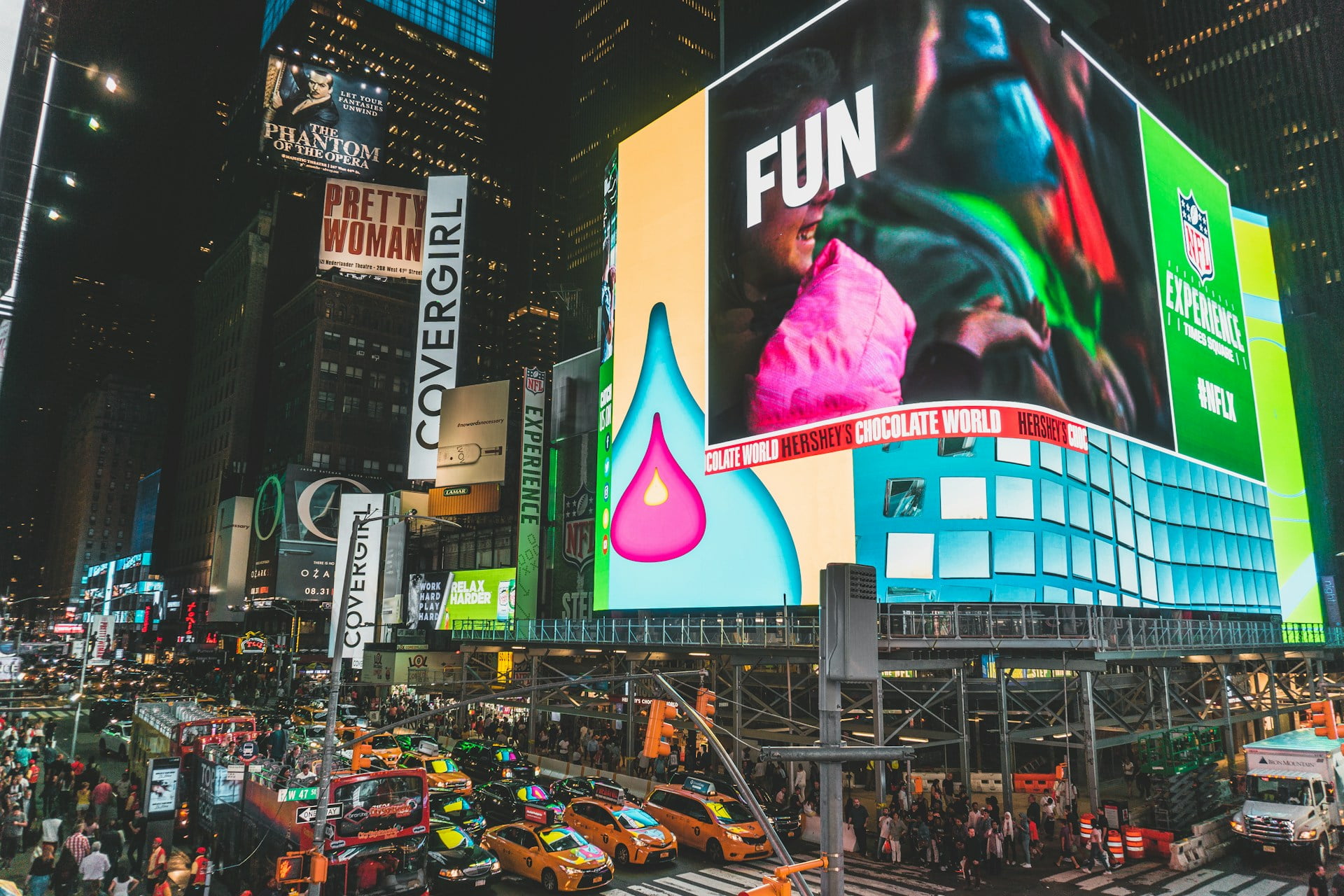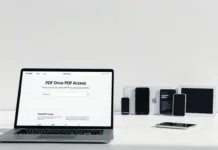Today’s rapidly shifting marketing landscape, where digital platforms typically take center stage, makes it easy to overlook the ongoing influence of digital billboard advertising. Although billboards may no longer appear in online advertising channels as frequently, their physical counterparts remain powerful enough to grab consumers’ attention quickly and impactfully.
Billboard Advertising Illuminates the Power of Visual Communication
Billboard advertising serves as a stunning testament to visual communication’s profound effects. While other mediums rely on textual messaging for ads, billboards possess unique abilities for conveying complex ideas and stirring powerful emotions through vibrant imagery alone – this visual-centric approach allows billboards to transcend language barriers to connect directly with their audiences on an instinctual level.
Billboards boast the remarkable power of visual storytelling through striking graphics, vibrant colors, and compelling visuals; harnessing this technique allows billboards to transform complex messages into memorable images that linger long after viewers have passed them by. Utilizing their inherent strength as visual communicators makes billboards indispensable tools for advertisers attempting to grab attention in today’s fast-paced environment and spark engagement quickly and effectively.
Understanding viewer perception is also integral for understanding billboard advertising’s effectiveness, since many encounter billboards among a sea of sights and sounds during daily commute or activities; for them to leave an enduring impression quickly.
To create successful billboard campaigns that resonate with their intended audiences, advertisers need to understand how viewers process information and respond to visual stimuli. By understanding perception and cognition processes more deeply, advertisers can develop billboards that not only grab viewers’ attention but also evoke emotional responses that lead them to take immediate action.
Understanding the Viewer’s Perspective
To fully appreciate the effectiveness of billboard advertising, we must consider its effect from a viewer’s viewpoint. When individuals encounter billboards while commuting or going about daily activities, they do so amid a flurry of sights and sounds competing for their attention – an environment in which billboards must stand out above all this chaos and make an impression in just moments!
Knowledge of how viewers process information and react to visual stimuli is integral for creating successful billboard campaigns that engage their target audiences. By tapping into the psychology of perception and cognition, advertisers can design billboards that capture viewers’ attention while prompting emotional responses – ultimately driving action from viewers and ultimately promoting positive changes within society.
Elements of Effective Billboard Design
Effective billboard design embodies both artistry and scientific precision in an elegant harmony, distilling complex messages into visual forms that can be understood at first glance. To do this effectively requires mastery of typography to ensure text remains legible at a distance while including succinct messaging that delivers messages succinctly and precisely.
Negative space plays an integral part in billboard design, drawing viewers’ eyes toward its primary focal points while keeping its aesthetic free and uncluttered. By prioritizing simplicity and clarity in design, advertisers can ensure their messages resonate with viewers amid urban clutter – successfully engaging viewers’ interest while driving brand recall.
Applying Psychology to Billboard Design
At the core of successful billboard design lies an understanding of human psychology. By tapping into cognitive biases and perceptual tendencies found within humans’ minds, advertisers can craft messages that resonate deeply with their target audiences – color psychology being particularly useful at sparking certain feelings or associations within these audiences.
Warm colors like red and orange can convey feelings of urgency or excitement, while colder shades such as blue and green evoke feelings of tranquility or trust. Furthermore, visual cues such as arrows or faces may help direct viewers’ gaze toward key focal points on a billboard design and engage viewers for longer. By employing psychological principles in billboard designs that not only capture audience interest but leave lasting memories as well, advertisers can create billboard designs that not only catch eyes but leave lasting memories too; driving brand engagement while positively shaping consumer behaviors over time.
Conclusion
Billboard design psychology is an ever-evolving field. Businesses navigating modern marketing must not overlook billboards’ special advantages in drawing consumers’ attention and increasing brand recognition; by harnessing visual communication power and applying psychological insights they can develop successful billboard campaigns that cut through clutter to connect deeply with target audiences.




